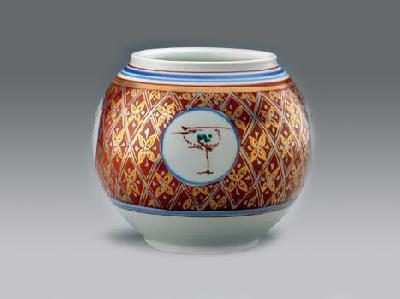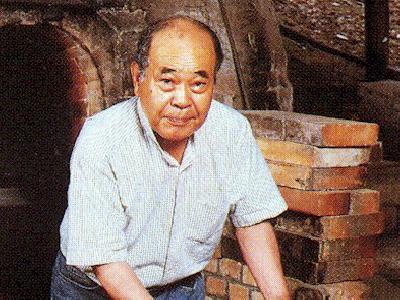|
When Naoshige Nabeshima, who later founded the Saga Clan, returned to Japan following the invasion of Korea in the late 16th century, he brought with him a group of Korean potters. One of them was Ri Sampei (Korean name Lee Cham-Pyung), who discovered kaolin and succeeded in making porcelain for the first time in Japan in 1616. This first porcelain was later developed into the three types of porcelain ware: Ko-Imari, Kakiemon and Nabeshima, which came to establish Arita as the birthplace of Japanese porcelain.
Ri Sampei is enshrined at Toyama-jinja Shrine in Odaru, Arita-cho. Behind the main shrine and situated at the top of Mt Renge-Ishiyama, stands a monument to Ri Sampei. This is also a good spot to get a panoramic view of the town of Arita.
The monument to Ri Sampei was erected in 1916 (Taisho 5) on the 300th anniversary of Arita ware. Since then, the Toso matsuri festival, celebrating the founding of porcelain, has been held each year on May 4th.
Ri Sampei is enshrined at Toyama-jinja Shrine in Odaru, Arita-cho. Behind the main shrine and situated at the top of Mt Renge-Ishiyama, stands a monument to Ri Sampei. This is also a good spot to get a panoramic view of the town of Arita.
The monument to Ri Sampei was erected in 1916 (Taisho 5) on the 300th anniversary of Arita ware. Since then, the Toso matsuri festival, celebrating the founding of porcelain, has been held each year on May 4th.
| [+ADDRESS] | 
|















